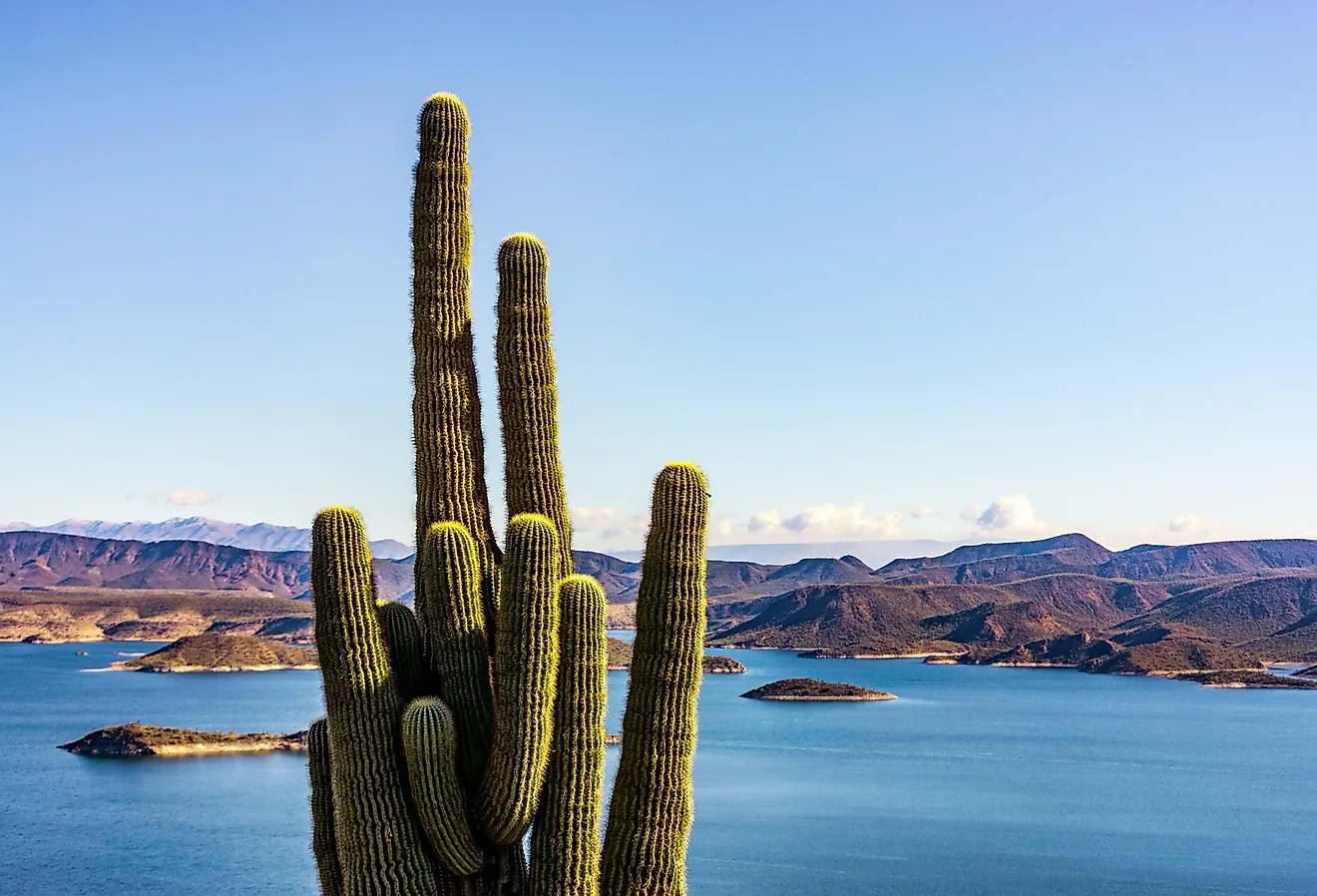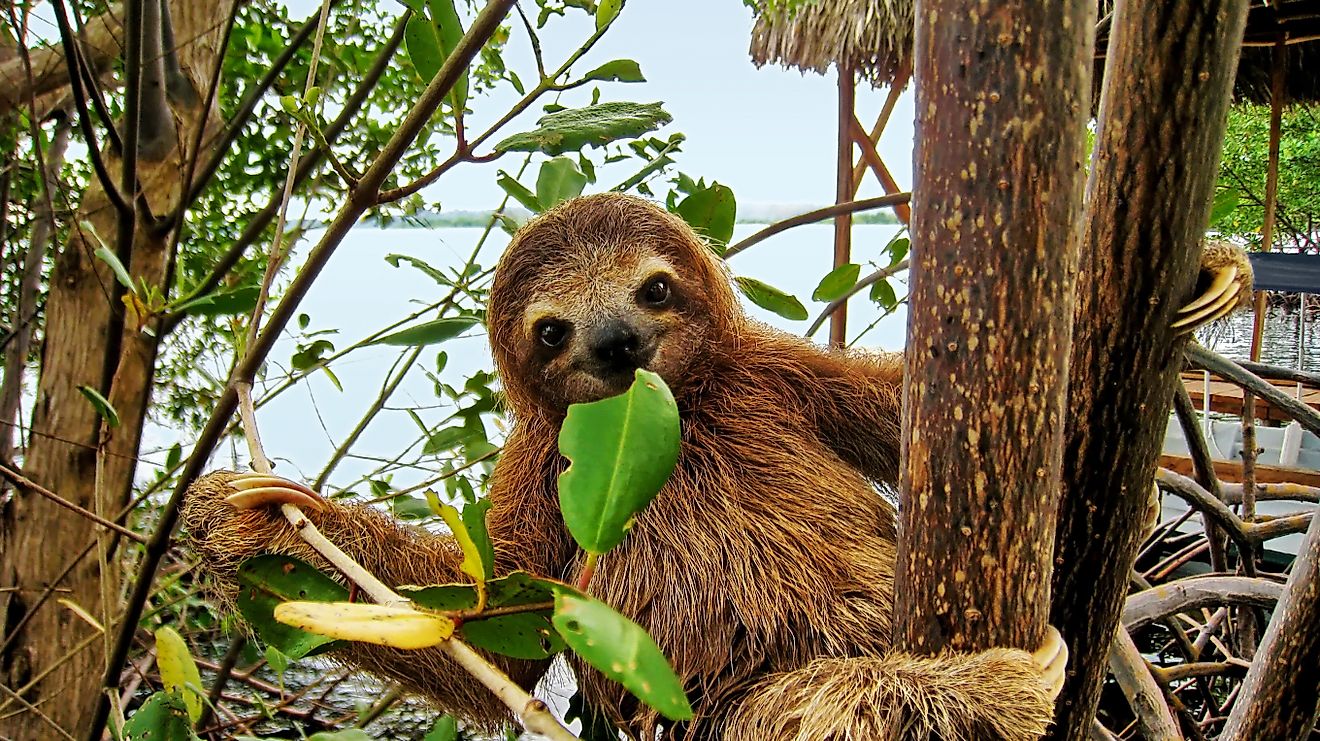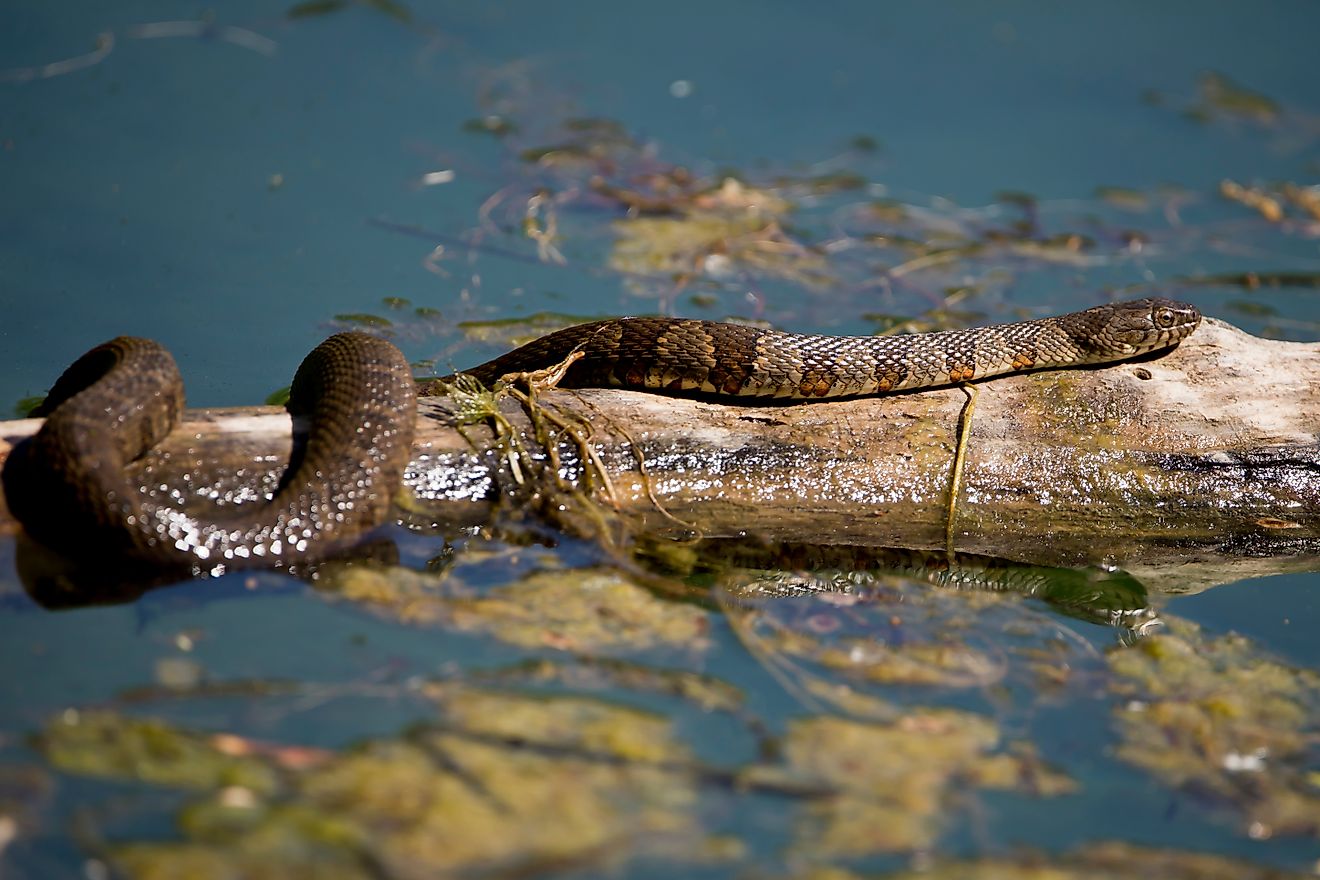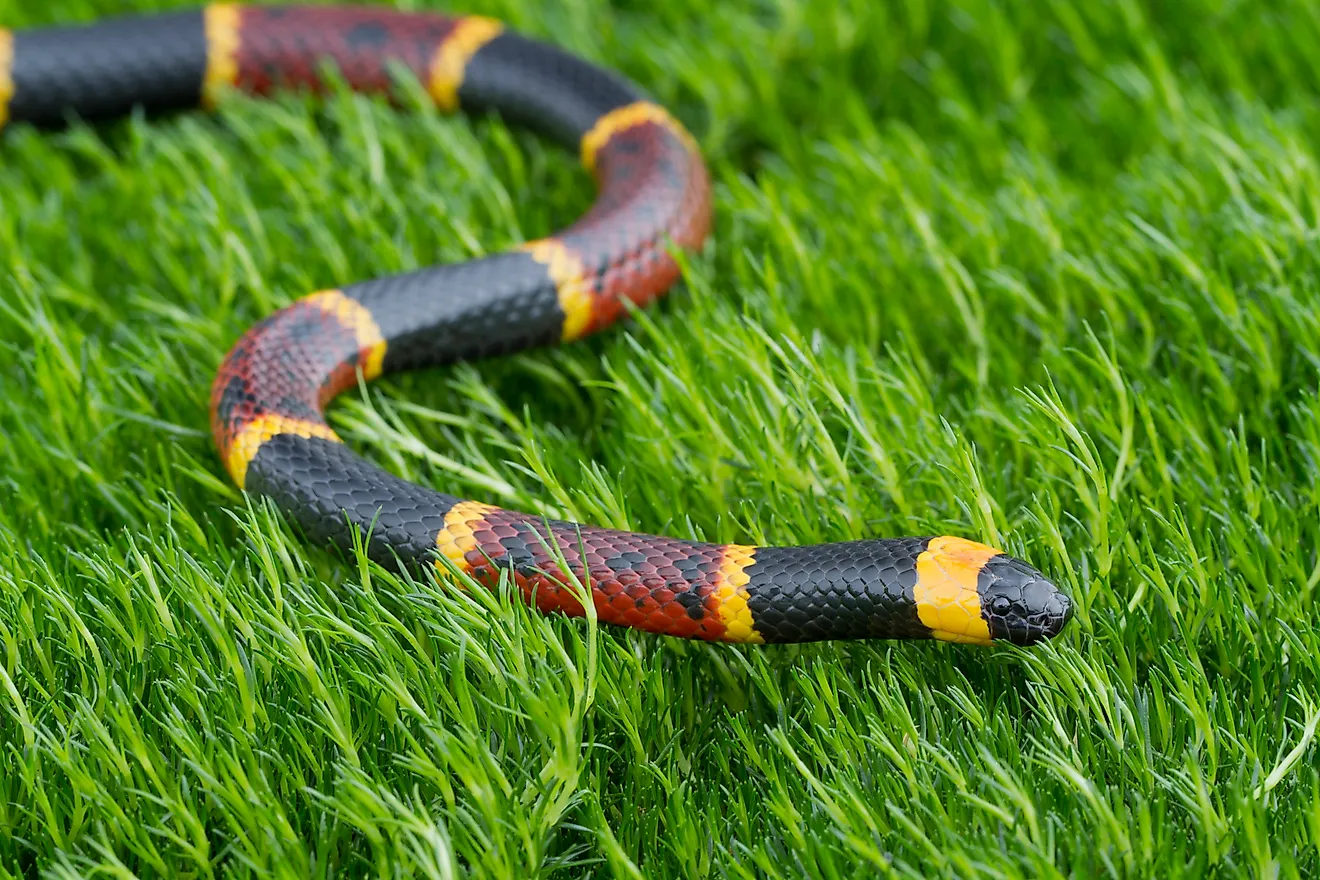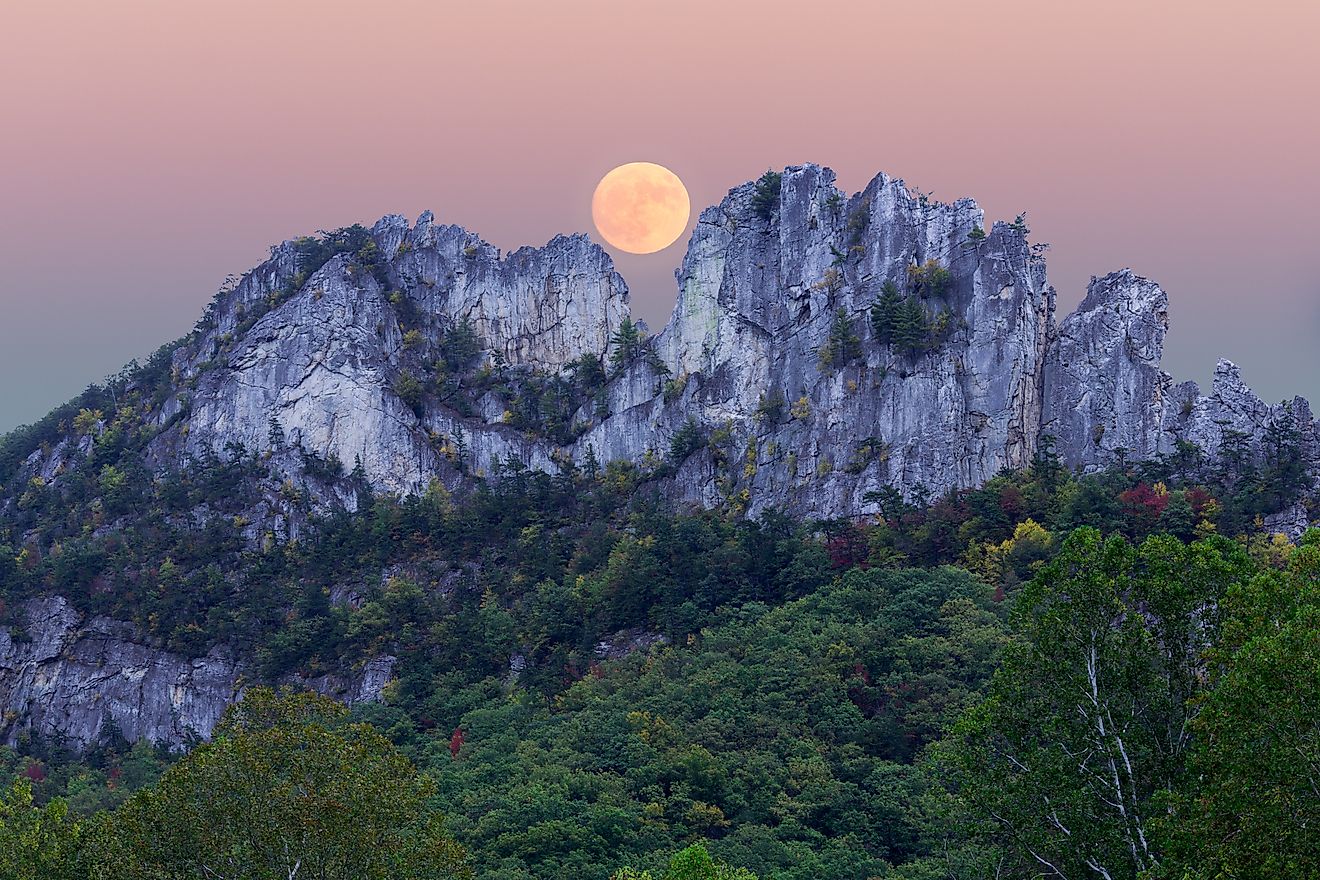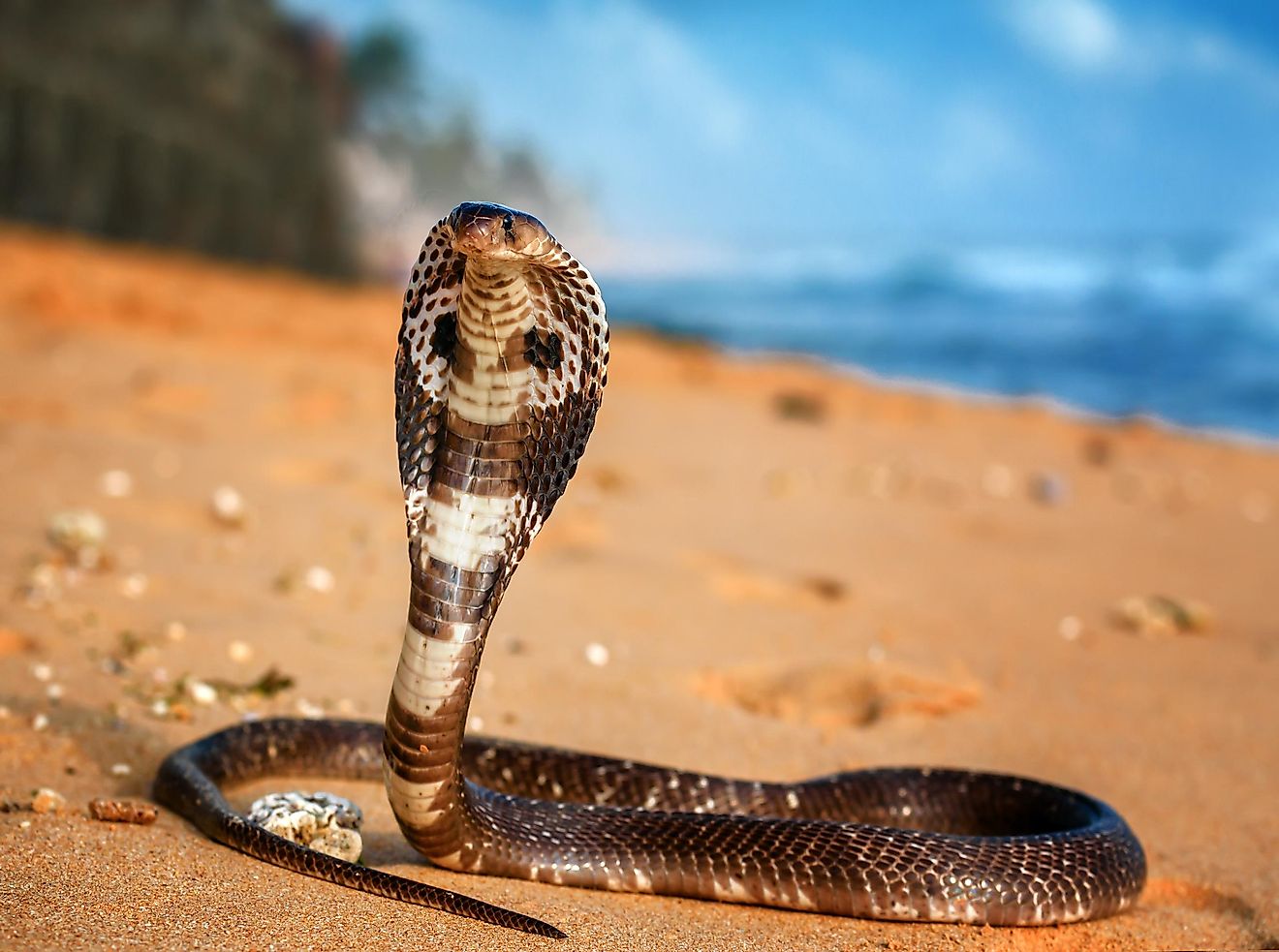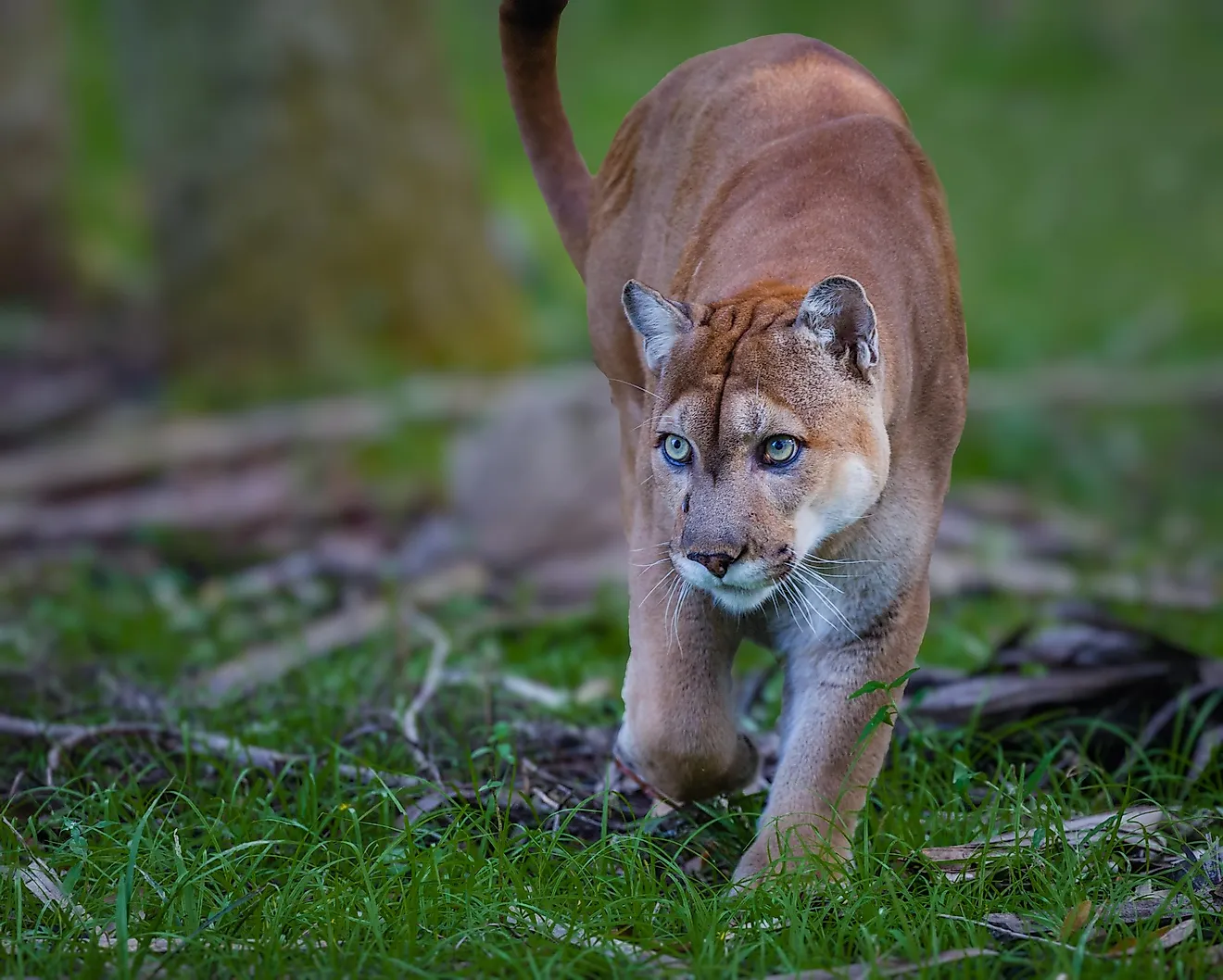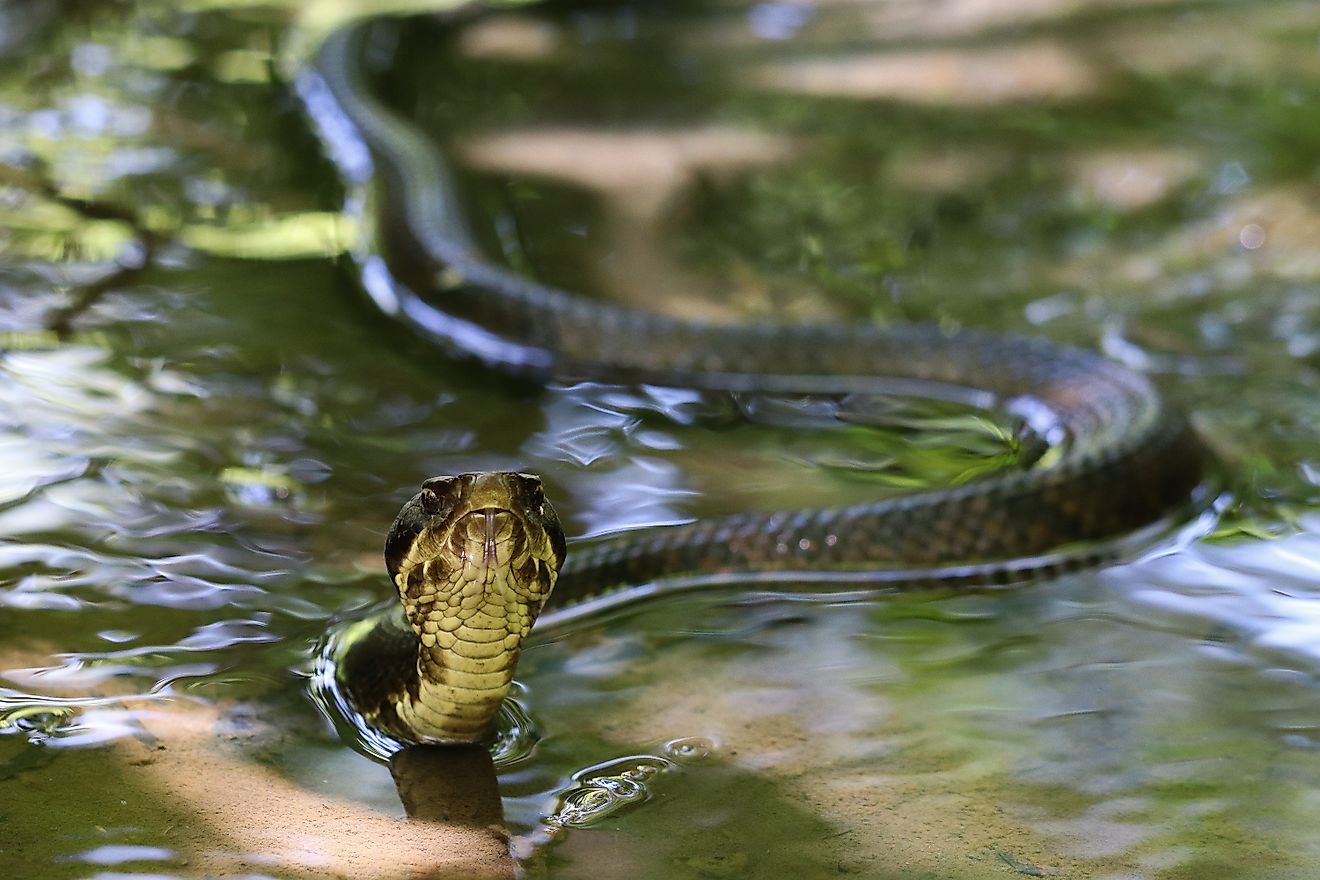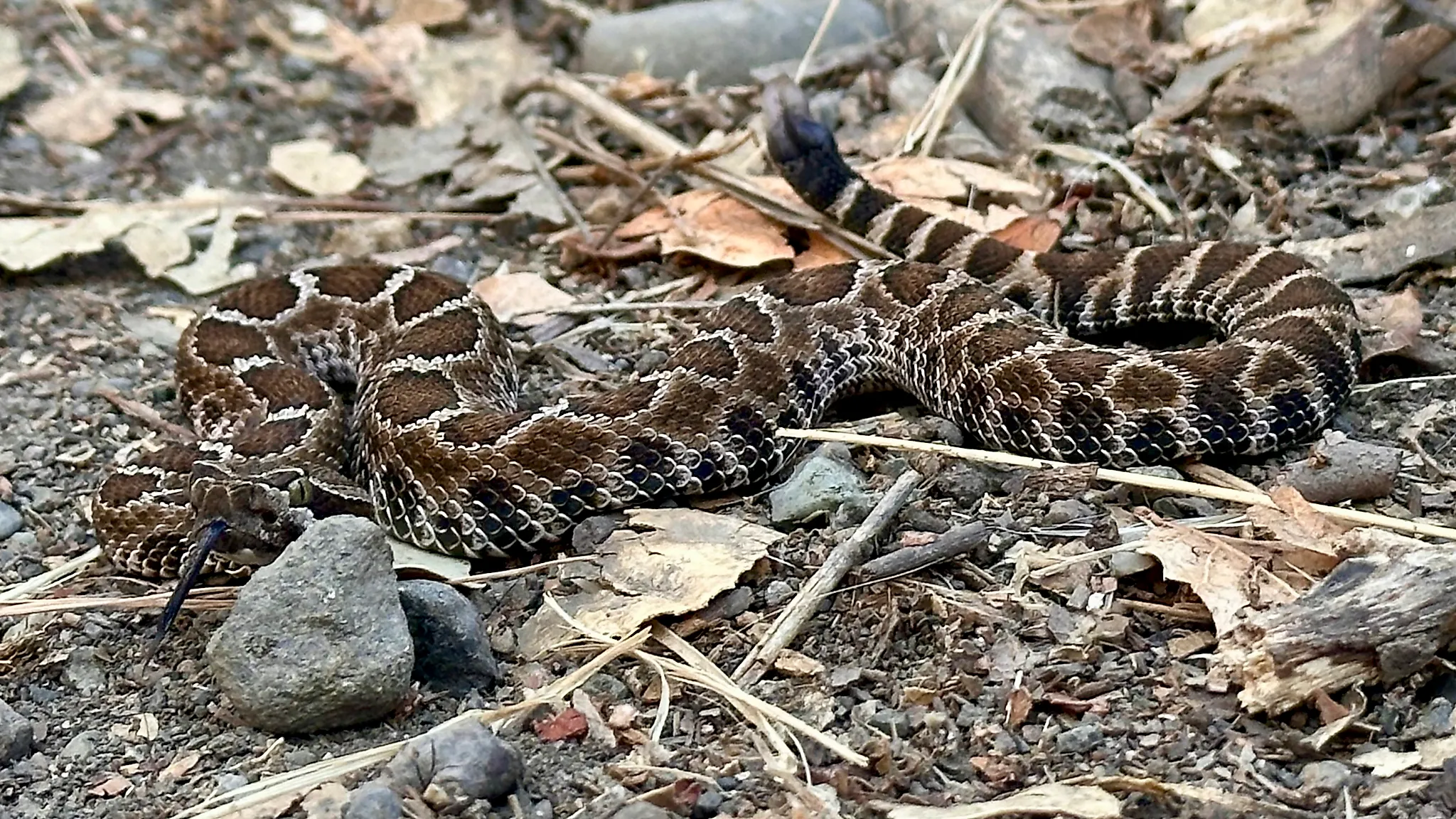
The Venomous Snakes Of California
If you’ve ever spent time watching rattlesnakes in the wild, then you already know they are amazing creatures. When you get to know more about them, snakes are certainly not the monsters that old Western movies made them out to be; they are, in fact, quite the opposite. Rattlesnakes, sometimes called rattlers, are actually fascinating creatures that would much rather avoid humans than pick a fight. California has 10 different kinds of rattlesnakes, each with its own unique story and place in our state's wild spaces. From the tiny sidewinders that dance across desert sands to the impressive western diamondbacks that patrol the borderlands, every one of these snakes has carved out its own niche in California's landscape. Here's something that might surprise you: Despite what you might have heard, these are California's only venomous snakes. (California is not home to copperheads or water moccasins, for example.) Let’s take a closer look at the venomous snakes of California, all of which belong to the rattlesnake family.
Colorado Desert Sidewinder (Crotalus cerastes laterorepens)
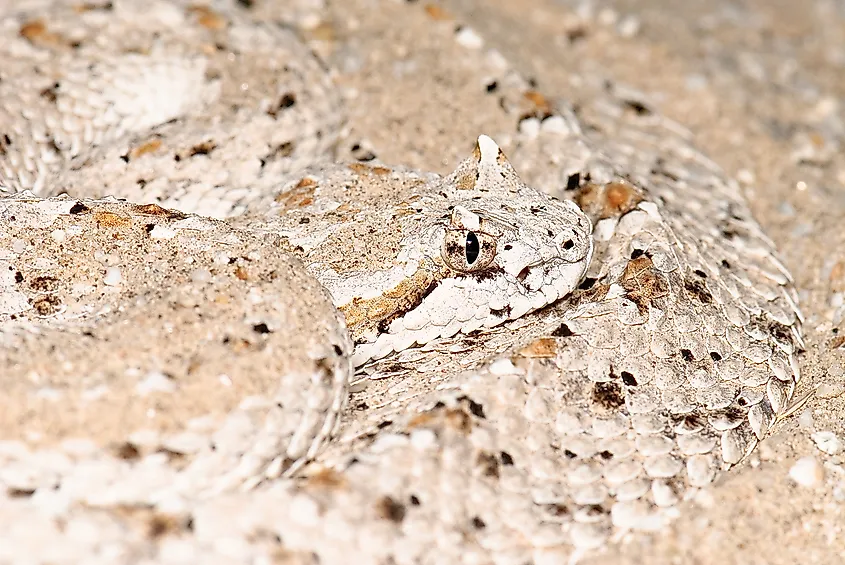
These fairly small but remarkable snakes have evolved a unique way of moving across desert sands. Using their distinctive sidewinding motion, they leave distinctive J-shaped tracks in their wake. Their horn-like scales above each eye and cream-colored body help them blend perfectly with their desert surroundings. Most active during cooler evening hours, these snakes rarely exceed 2 feet in length and prefer the sandy areas of southeastern California's Colorado Desert. What makes them unique is their hunting strategy; they'll partially bury themselves in the sand, leaving just their eyes and the tip of their tail exposed, waiting to ambush passing lizards or small rodents. While their venom is less potent than larger rattlesnakes, a bite still requires immediate medical attention and can cause intense pain, swelling, and tissue damage. Fortunately, they rarely bite humans unless stepped on or handled.
Mojave Desert Sidewinder (Crotalus cerastes cerastes)
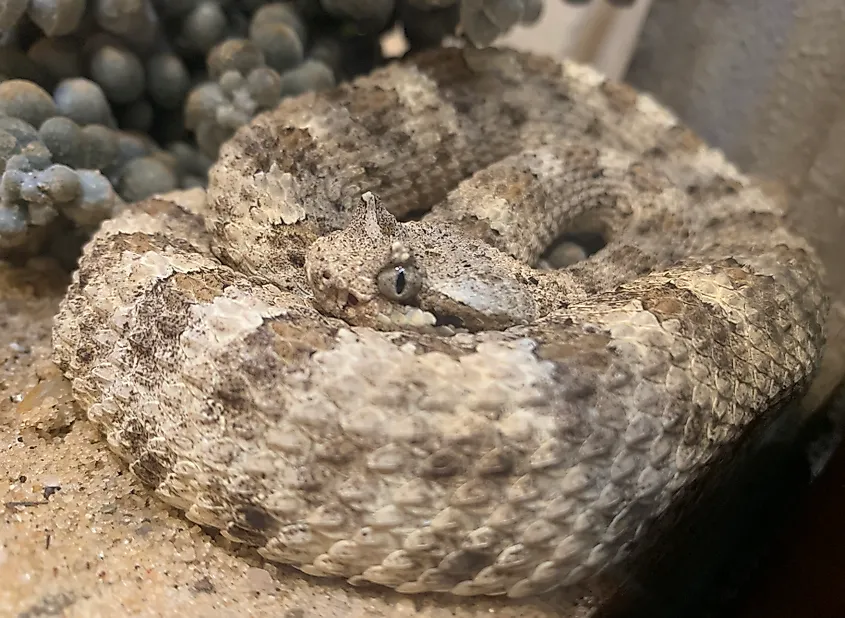
A close relative of the Colorado Desert Sidewinder, these snakes have upturned scales that look like horns, which is why they are sometimes called "horned rattlesnakes." They inhabit the Mojave Desert's sandy expanses, where they often burrow into loose sand during the day's heat; this is called cratering. These snakes have developed a fascinating behavior during extreme heat; they'll "dance" on hot sand, minimizing contact by keeping most of their body elevated. Their venom is similar to their Colorado Desert cousins, primarily affecting tissue and causing significant pain and swelling. They're known for their precise strikes but tend to be shy and quick to retreat when encountered.
Mojave Rattlesnake (Crotalus scutulatus)
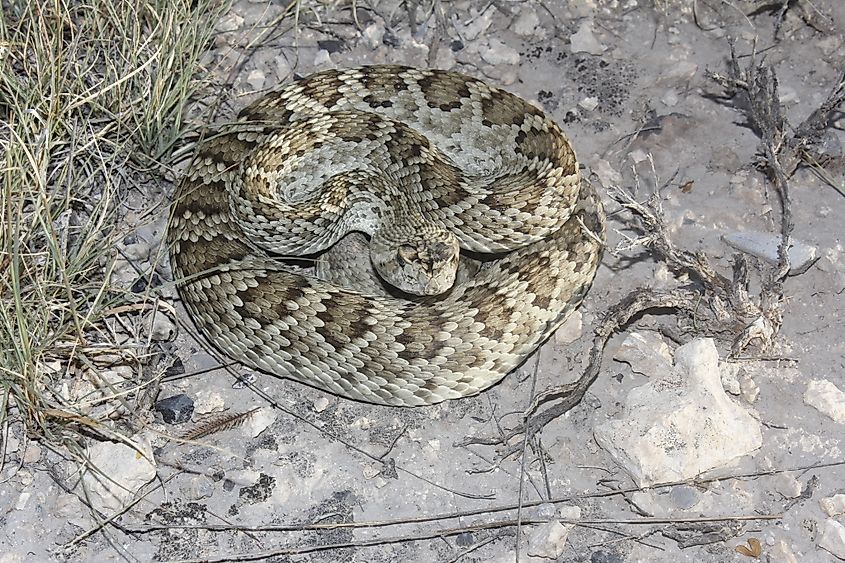
Often called the Mojave Green, this larger snake commands deep respect among desert inhabitants. Distinguished by its greenish-gray coloring and distinctive diamond pattern, it can reach lengths of up to 5 feet. Found primarily in the high desert regions, these snakes prefer areas with sparse vegetation and scattered brush. This is arguably California's most dangerous rattlesnake. Unlike most rattlesnakes that have primarily hemotoxic venom (affecting blood and tissue), the Mojave Green possesses a potent neurotoxic venom that can affect the nervous system, potentially causing difficulty breathing, vision problems, and muscle weakness. They're known for their "high posture" defensive display, raising the front third of their body off the ground when threatened. A bite from this species is a severe medical emergency requiring immediate hospitalization.
Great Basin Rattlesnake (Crotalus oreganus lutosus)
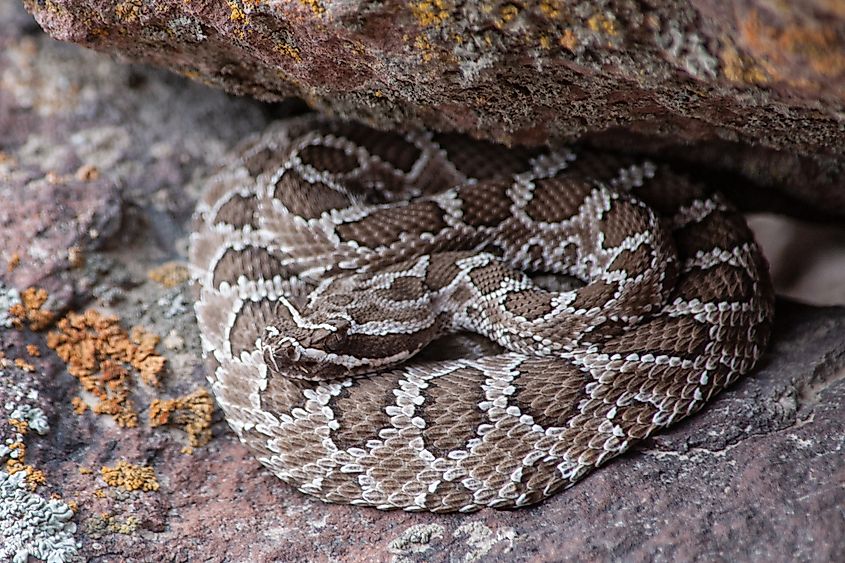
These adaptable snakes make their home in a variety of California's landscapes, from the high desert to mountains and grasslands. They can grow quite large, reaching up to 48 inches in length, but rarely exceeding 36 inches. Like most rattlesnakes, they prefer to sit and wait on their prey, which is mostly mice and other small rodents. One of their distinctive traits is they are one of the few, if not the only, species of rattlesnake that is known to eat eggs, although their food of choice are lizards and rodents. Their venom is primarily hemotoxic, causing tissue damage and severe pain, but their bite is rarely fatal. These snakes are known for their complex defensive behaviors but usually prefer to avoid conflict.
Northern Pacific Rattlesnake (Crotalus oreganus oreganus)
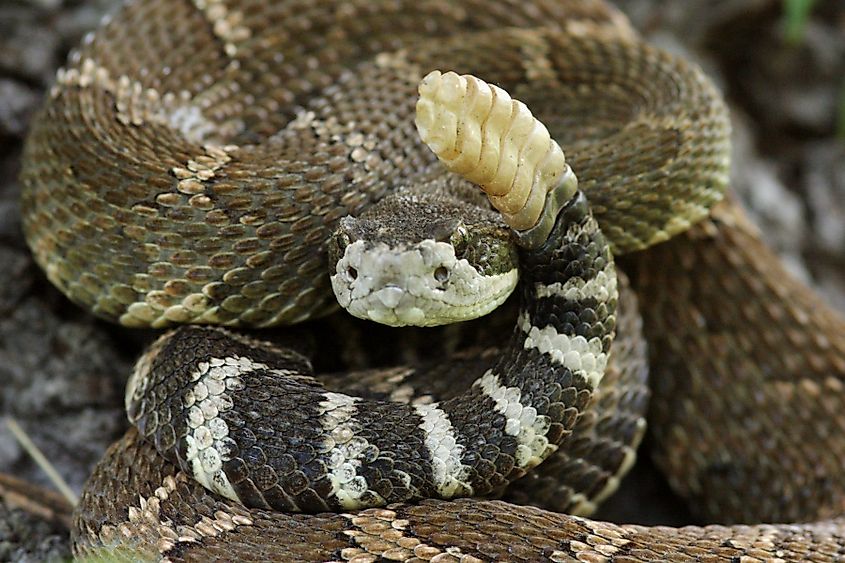
The Northern Pacific Rattlesnake is a common sight in most of northern California, from coastal regions to mountain meadows. These snakes display a large variety in sizes, with some reaching over 5 feet. They display a few variations in their brown and light gray coloring, often with dark blotches along their backs. They're frequently encountered in woodland clearings, along hiking trails, and near rocky outcrops. These snakes are excellent swimmers and will readily cross streams or lakes to reach new hunting grounds. Their venom is potent, causing significant tissue damage and pain. However, like most snakes, they are more passive than aggressive.
Southern Pacific Rattlesnake (Crotalus oreganus helleri)

These snakes have adapted to life in southern California's varied terrain, from the coast to the mountains. Their coloring ranges from dark gray to brown, matching the diverse habitats they occupy. They're particularly common in chaparral and along the urban-wildland interface, which can lead to more frequent human encounters. Southern Pacific Rattlesnakes are on the larger side, reaching up to 55 inches in length. Their behavior can be quite bold compared to other rattlesnakes; they're known to stand their ground rather than retreat when encountered. Their venom is particularly complex, containing both tissue-destroying components and neurotoxins. As these snakes age, their venom becomes increasingly potent, allowing them to prey on larger mammals.
Panamint Speckled Rattlesnake (Crotalus mitchellii stephensi)
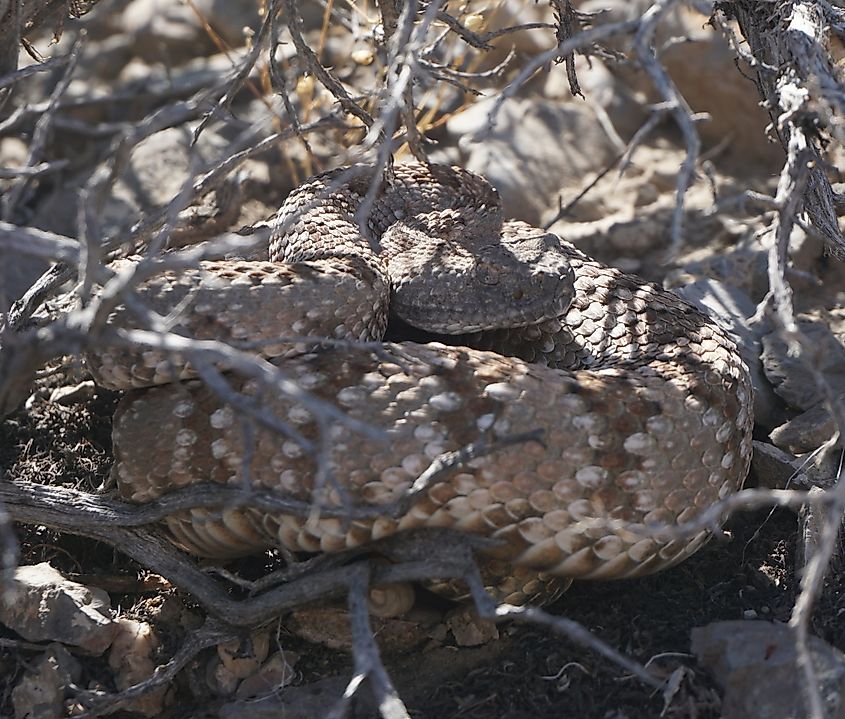
Named for the Panamint Range, these snakes are masters of camouflage. Their bodies carry a distinctive speckled pattern that matches the rocky terrain they inhabit. Found in the desert mountain ranges of eastern California, they prefer rocky slopes and canyon walls. The Panamint is known for their unusual hunting technique; they'll often hang their bodies over rock edges to ambush prey passing below. Their venom is highly hemorrhagic, causing severe bleeding and tissue damage. Despite their potent venom, they're known for being relatively calm and often give multiple warnings before striking. Medium to large in size, they grow up to 52 inches in length.
Red Diamond Rattlesnake (Crotalus ruber)
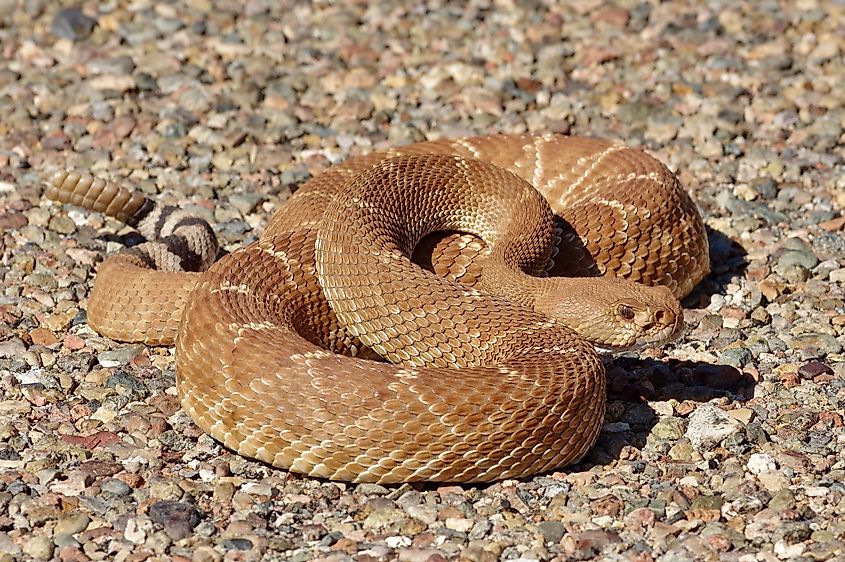
With their distinctive reddish coloring and robust build, these snakes are among California's most striking rattlesnakes. They inhabit the coastal and desert regions of southern California, showing a preference for rocky slopes covered in chaparral, and mostly hunt for prey in the cool of night. They're known for their impressive size and strength; they're capable of striking up to two-thirds of their body length. Their venom is hemotoxic, but they have a reputation for being more relaxed than other rattlesnakes. One unique behavior is their tendency to remain motionless rather than flee when discovered, relying on their excellent camouflage. These gentle giants tend to reach about five feet in length as adults.
Southwestern Speckled Rattlesnake (Crotalus mitchellii pyrrhus)
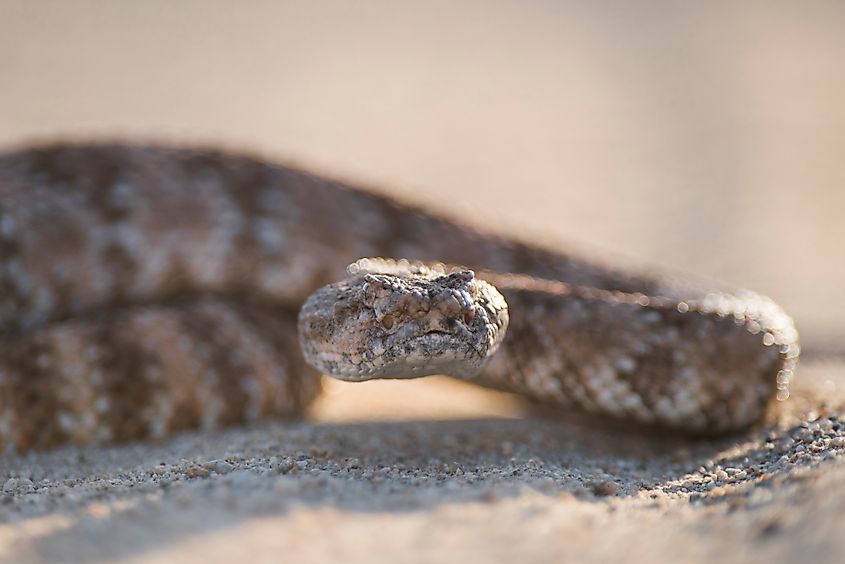
These beautiful snakes showcase remarkable color variations that match their local habitat, from pink to gray to brown. They inhabit rocky areas in southeastern California's desert regions, where their speckled patterns provide excellent camouflage. A fascinating aspect of their behavior is their ability to change color slightly over time to better match their surroundings. Their venom is primarily hemotoxic but can vary in potency between populations. They're known for their quiet rattles — sometimes so soft they're barely audible, which means they might not give as clear a warning as other species. The southwestern speckled rattlesnake tends to be between 2.5 feet and 3 feet long.
Western Diamondback Rattlesnake (Crotalus atrox)
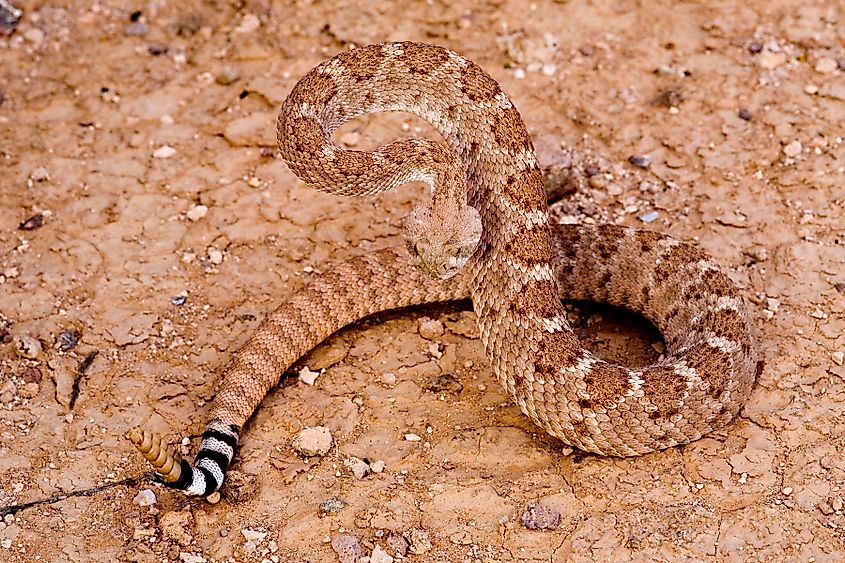
Among the largest of California's rattlesnakes, the western diamondback makes its home in the southeastern corner of the state. Their distinctive diamond pattern and black-and-white banded tail make them easily recognizable. These snakes are known for their confrontational behavior when threatened; they'll coil tightly, raise their head high, and rattle loudly. Their venom is extremely potent and produced in large quantities, making them responsible for many serious snakebites. They can strike up to two-thirds of their body length and may pursue a retreating threat for a short distance, a behavior rarely seen in other rattlesnakes. They are typically anywhere from 4 feet to 6 feet long.
Living Alongside These Remarkable Creatures
Rattlesnakes make pretty good neighbors if you know what to expect from them. They're nature's best rodent control service, quietly keeping mice and rat populations in check. Despite their fearsome reputation, they're surprisingly conflict-averse; you'll never even see most rattlesnakes because they've already heard you coming and moved away. If you're out hiking in rattlesnake country, just keep your eyes on the trail ahead and listen for that distinctive rattle. Give them plenty of room to retreat, which is all they really want. These incredible animals — including the venomous snakes of California — have been here long before us, and with a little understanding and respect, we can share nature trails safely.

